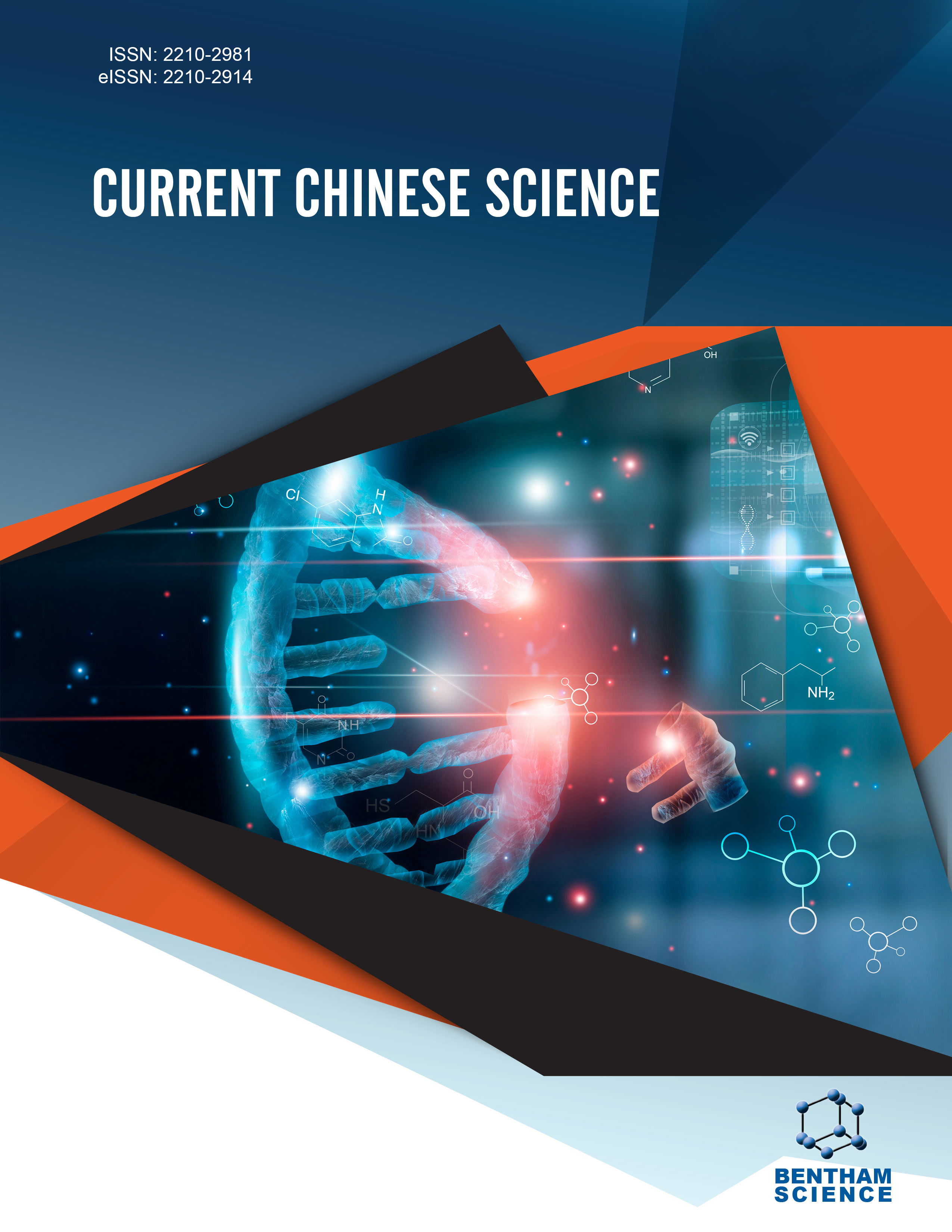
Full text loading...
We use cookies to track usage and preferences.I Understand
Magnetic small soft-bodied robots are perfect for targeted medication administration, micromanipulation, and minimally invasive surgery because they provide non-invasive access to confined locations. Presently available magnetically operated small soft robots are based on elastomers (silicone) and fluids, such as ferrofluid or liquid metal; however, they have certain drawbacks. Robots built on elastomers have trouble deforming, which makes it challenging for them to maneuver in extremely constrained spaces. Although they may deform more easily, fluid-based robots have unstable forms and limited environmental adaptation. The non-Newtonian fluid-based magnetically actuated slime robots shown in this work combine the notable deformation capabilities of fluid-based robots with the flexibility of elastomer-based robots. These slime robots can move on different surfaces in intricate surroundings and navigate via tiny channels as little as 1.5 mm in diameter. They can carry out various tasks, including transporting, ingesting, and gripping solid items, and also adapt to various surfaces. This review discusses the design, preparation, and applications of magnetic slime robots, highlighting their potential in revolutionizing biomedical operations, It also states about the stability among different atmospheric condition making it a new age of targeted drug delivery system and predicting various inovations and concepts about the magentic slime robot.

Article metrics loading...

Full text loading...
References


Data & Media loading...

